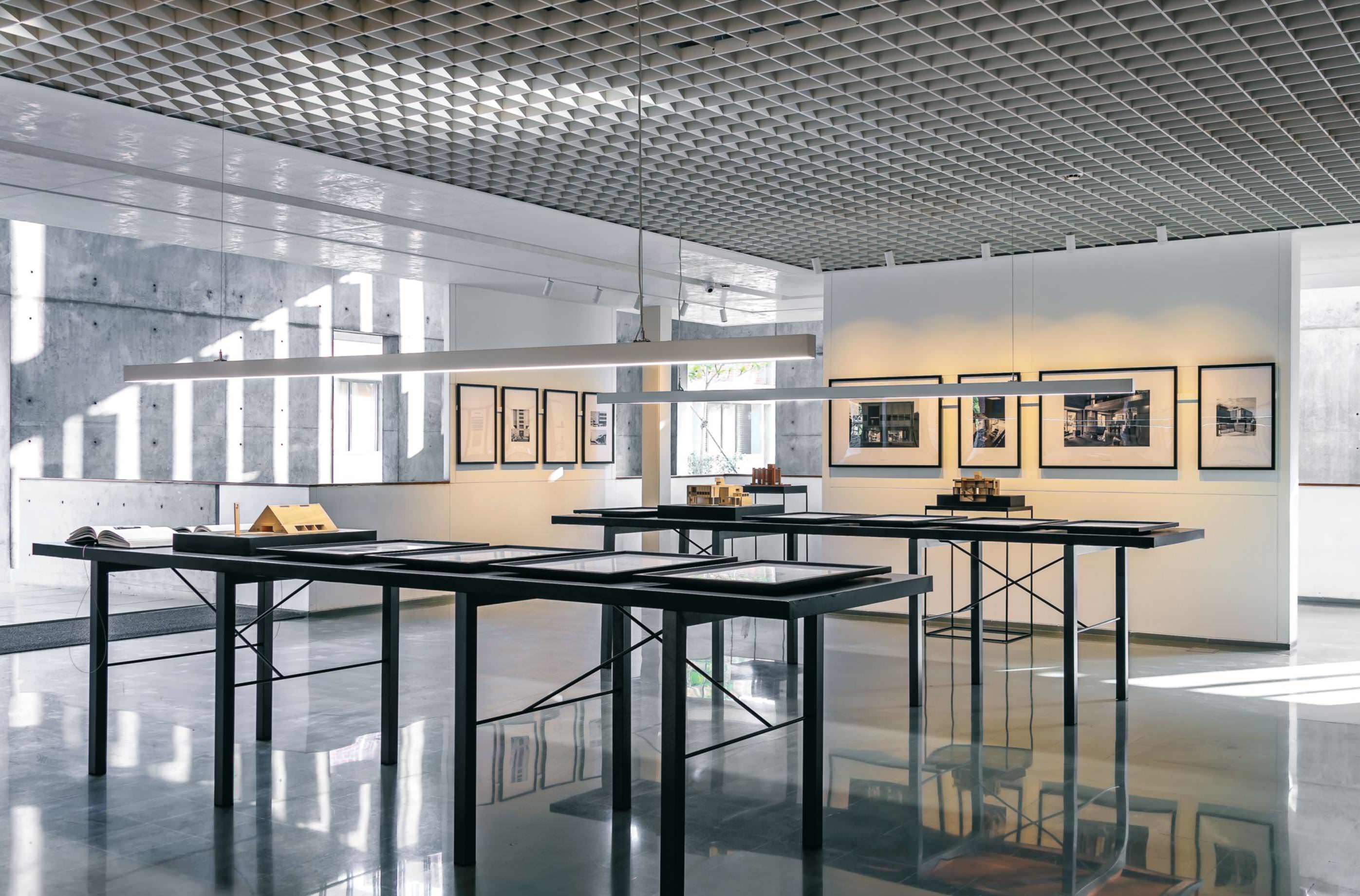Practice Of Principle
Domus India
|May 2018
A few months ago we lost Hasmukh Patel, a senior architect in India, and as a mark of respect for his contribution to architecture and education, an exhibition of some of his works was organised at CEPT University where he once served as academic director. This exhibition — drawing on a book on his lifetime of work, published a few years ago — critically draws our attention to the ways in which architecture in modern India was practised. A certain view on architecture practice and modern aesthetics, values and forms of making has been constantly promoted in the few histories of modern architecture history in India, but some recent biographies now threaten to dislodge what we took for granted about architecture in post-Independence and modern India. This exhibition itself helps us realise a world of architecture design that actually shaped built environments for everyday life in a modernising India.
-

NOTE ON THE EXHIBITION The drawings, photographs, models and archival materials displayed in this exhibition, make clear the extent of Hasmukh Patel’s contribution to his profession. These many buildings, grounded in the local cultural, political and economic contexts, are presented as a contribution to the ongoing documentation of modern Indian architecture; the gathering of a canon of works to inspire and inform the next generation.
This exhibition was first displayed at the occasion of the launch of the book The Architecture of Hasmukh C. Patel — Selected Projects 1963 – 2003 which took place in one of Hasmukhbhai’s earliest buildings, Premal Jyoti (formerly Newman Hall).
Hasmukhbhai was born in 1933 in Bhadran, Gujarat. He was awarded a Bachelors degree in Architecture from the Maharaja Sayajirao University, Baroda in 1956 and a Masters degree in Architecture from Cornell University in 1959.
The practice Hasmukhbhai founded in Ahmedabad when he returned to India spanned the transformative latter decades of the 20th century. He navigated the political and economic changes of his time and brought his talents to bear equally on institutional, private and speculative development projects in a way that was rare amongst his contemporaries. He recognised that with every commission, regardless of budget, scale or type, came opportunities to further architecture’s formal civic and social agendas.
Esta historia es de la edición May 2018 de Domus India.
Suscríbete a Magzter GOLD para acceder a miles de historias premium seleccionadas y a más de 9000 revistas y periódicos.
¿Ya eres suscriptor? Iniciar sesión
Translate
Change font size

